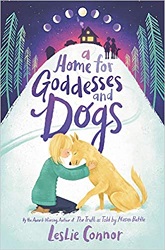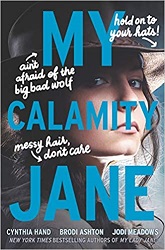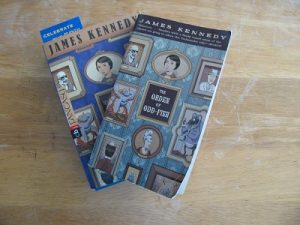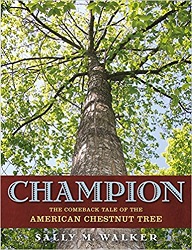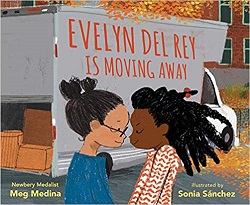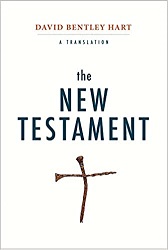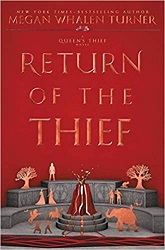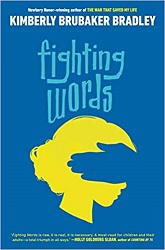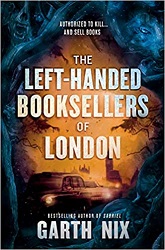 It’s Cybils Time!
It’s Cybils Time!
Time to nominate books, that is!
The Cybils Awards are the Children’s and Young Adult Bloggers’ Literary Awards, and once again I’m serving as a Panelist for Round One, this time for Young Adult Fiction and Speculative Fiction both. I’m going to need to do lots of reading through Christmas!
But now is the time that anyone can nominate books they’ve enjoyed this year. The books must have been published between October 16, 2019 and October 15, 2020. (I always feel sorry for October books. If they’re published before the 15th, nobody’s read them in time to nominate, so they mostly have to get nominated on faith. If they’re published after the 15th, people have forgotten about them by Cybils time next year.)
I’ve read 21 young adult books so far this year, but I’m really frustrated because only TWO of those have gotten nominated so far! (And one was nominated that I read in 2019.) And I only get one nomination in each category — Young Adult Fiction and Young Adult Speculative Fiction. Believe me, more than one of these books deserve consideration!
[I’ll try to update by putting brackets around books that get nominated.]
So let me urge you, dear reader, to nominate one of the following books, if you don’t already have a book you’ve read in each category that you want to nominate.
I’ll start with books I’ve read that definitely deserve consideration but haven’t been nominated yet as of this writing. (Links to my reviews if they’ve been posted.)
In Young Adult Speculative Fiction:
The Toll, by Neal Shusterman
[The Queen of Nothing, by Holly Black]
[Red Hood, by Elana K. Arnold]
Igniting Darkness, by Robin LaFevers
[Kind of a Big Deal, by Shannon Hale]
In Young Adult Fiction:
[Dangerous Alliance, by Jennieke Cohen]
Darius the Great Deserves Better, by Adib Khorram
The Hand on the Wall, by Maureen Johnson
We Used to Be Friends, by Amy Spalding
The Gravity of Us, by Phil Stamper
In Middle Grade Fiction:
Wink, by Rob Harrell
[A Home for Goddesses and Dogs, by Leslie Connor]
[Here in the Real World, by Sara Pennypacker]
In Elementary Nonfiction:
[The Boy Who Dreamed of Infinity, by Amy Alznauer and Daniel Miyares]
Hello, Neighbor!, by Matthew Cordell
[Girl on a Motorcycle, by Amy Novesky and Julie Morstad]
Our Subway Baby, by Peter Mercurio and Leo Espinosa
Ruth Objects, by Doreen Rappaport and Eric Velasquez
Mother Jones and Her Army of Mill Children, by Jonah Winter and Nancy Carpenter
In High School Nonfiction:
In Search of Safety, by Susan Kuklin
In Fiction Picture Books:
Madame Badobedah, by Sophie Dahl and Lauren O’Hara
Rita and Ralph’s Rotten Day, by Carmen Agra Deedy and Pete Oswald
In my Garden, by Charlotte Zolotow and Philip C. Stead
Bedtime Bonnet, by Nancy Redd and Nneka Myers
Sunny, by Celia Krampien
A New Green Day, by Antoinette Portis
I Can Be Anything, by Shinsuke Yoshitake
[The Blue House, by Phoebe Wahl]
Sun Flower Lion, by Kevin Henkes
Catch That Chicken!, by Atinuke and Angela Brooksbank
In Middle Grade Speculative Fiction, I haven’t read these, but these good authors have eligible books out:
The Time of Green Magic, by Hilary McKay (not sure if it’s Speculative)
Homerooms and Hall Passes: Heroes Level Up, by Tom O’Connell
The Rider’s Reign, by Jessica Day George
Toto, by Michael Morpurgo
In Middle Grade Fiction, more eligible books by good authors:
Fly on the Wall, by Remy Lai
[Starting from Seneca Falls, by Karen Schwabach]
Next, here are some books that look intriguing and I’d love to have the excuse to read, so I hope they get nominated in my category!
In Young Adult Speculative Fiction:
[The Princess Will Save You, by Sarah Henning]
A Heart So Fierce and Broken, by Brigid Kemmerer
The Beast Warrior, by Nahoko Uehashi
Lost and Found, by Orson Scott Card
Children of Virtue and Vengeance, by Tomi Adeyemi
The Empire of Dreams, by Rae Carson
My Calamity Jane, by Cynthia Hand, Brodi Ashton, and Jodi Meadows
In Young Adult Fiction:
A Cloud of Outrageous Blue, by Vesper Stamper
Illegal, by Francisco X. Stork
Again Again, by E. Lockhart
Suggested Reading, by Dave Connis
[The Bridge, by Bill Konigsberg]
How It All Blew Up, by Arvin Ahmadi
Where We Are, by Alison McGhee
Please do us all a favor and nominate some books! Thank you!
Don’t wait too long — nominations close October 15!
